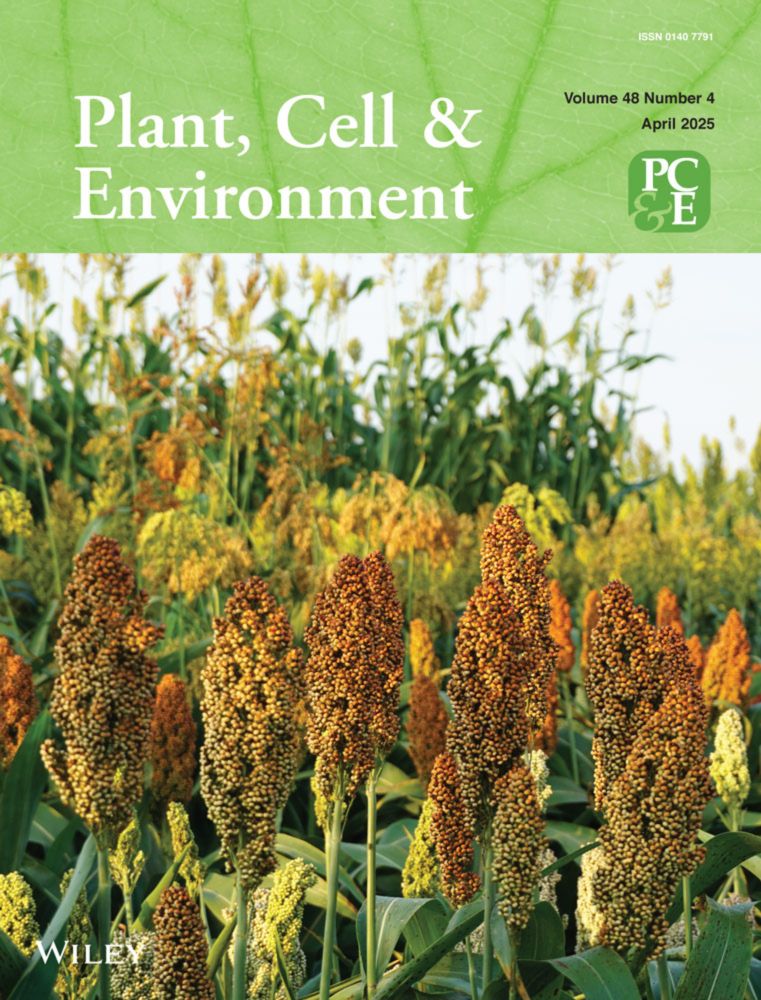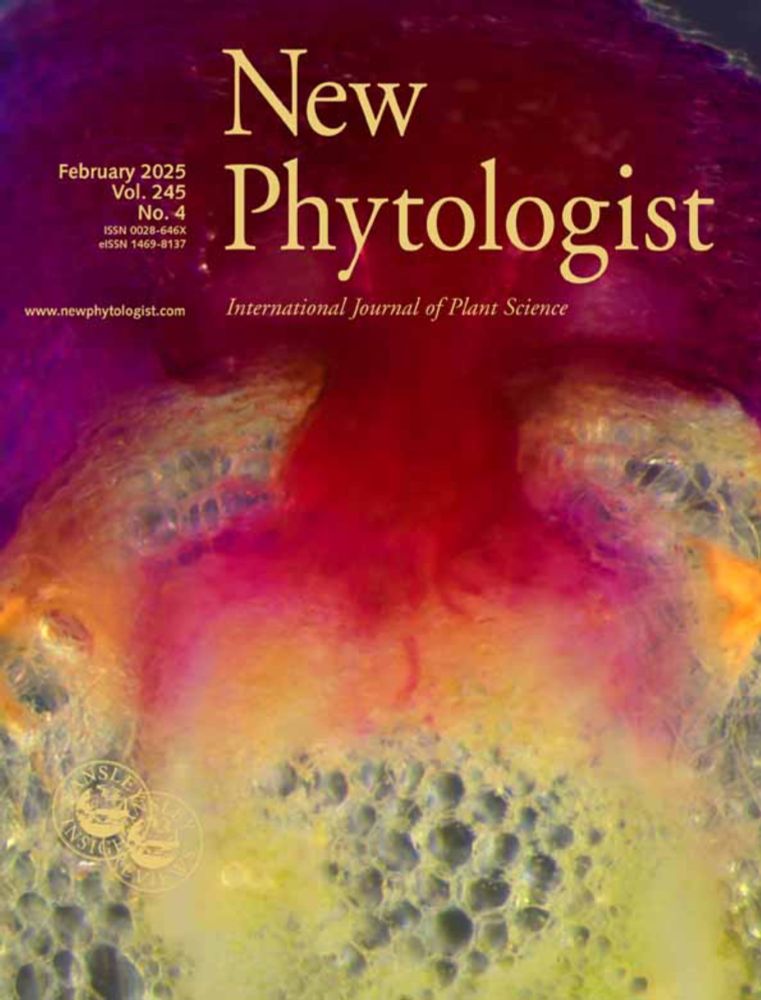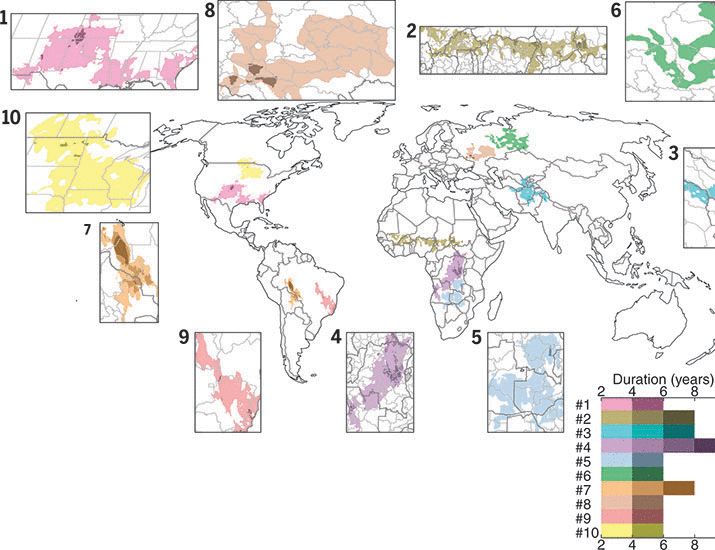


📅 June 02-04, 2025
📍 ETH Hönggerberg, Zurich
💰 CHF 200
Register here: https://lnkd.in/eBV4997C
More info: https://lnkd.in/e7nQZgm8
📅 June 02-04, 2025
📍 ETH Hönggerberg, Zurich
💰 CHF 200
Register here: https://lnkd.in/eBV4997C
More info: https://lnkd.in/e7nQZgm8





It was fun and productive participating in this review by the International Tree Mortality Network nph.onlinelibrary.wiley.com/doi/10.1111/...

It was fun and productive participating in this review by the International Tree Mortality Network nph.onlinelibrary.wiley.com/doi/10.1111/...


https://www.science.org/doi/10.1126/science.ado4245
https://www.science.org/doi/10.1126/science.ado4245


